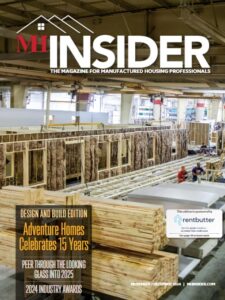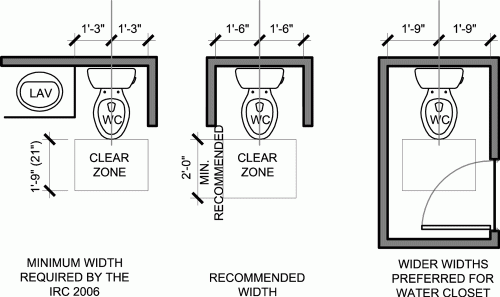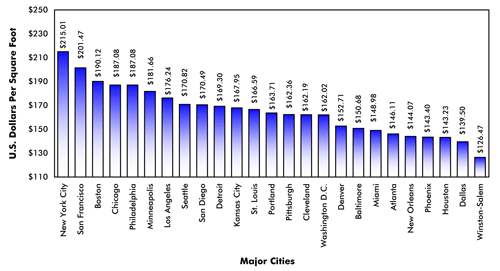Understanding Homeowner Associations and CC&Rs
The Role of Homeowner Associations (HOAs)
Homeowner associations (HOAs) manage and enforce community rules to maintain property values and neighborhood standards. They collect dues, oversee maintenance, and regulate community aesthetics.
What Are Covenants, Conditions, and Restrictions (CC&Rs)?
CC&Rs are legally binding rules that dictate what homeowners can and cannot do with their properties. HOAs enforce these rules to maintain community standards.
Key Components of CC&Rs
Architectural Guidelines
Homeowners may need HOA approval for exterior modifications, such as painting, landscaping, or home additions.
Use Restrictions
CC&Rs may regulate home businesses, short-term rentals, and vehicle parking.
Maintenance Responsibilities
Homeowners must maintain their property according to HOA standards. The HOA typically oversees common area maintenance.
Dues and Assessments
Homeowners pay regular dues to cover shared expenses. Special assessments may be required for unexpected costs.
Rule Enforcement and Penalties
HOAs can issue fines, place liens, or even foreclose on properties for violations.
Red Flags to Watch For
- Excessive Fees: High dues or frequent assessments may indicate financial mismanagement.
- Strict Rules: Overly restrictive regulations can limit property use and resale value.
- Poor Management: Frequent disputes, lawsuits, or neglected maintenance suggest mismanagement.
- Lack of Transparency: Difficulty obtaining HOA financial records or meeting minutes may signal problems.
Evaluating CC&Rs Before Buying a Home
Carefully review CC&Rs before purchasing. Ensure the rules align with your lifestyle and long-term plans. Consult an attorney if needed.
Conclusion
Understanding HOAs and CC&Rs helps homeowners make informed decisions. Before buying in an HOA community, review the rules, fees, and management structure to avoid unexpected issues.










